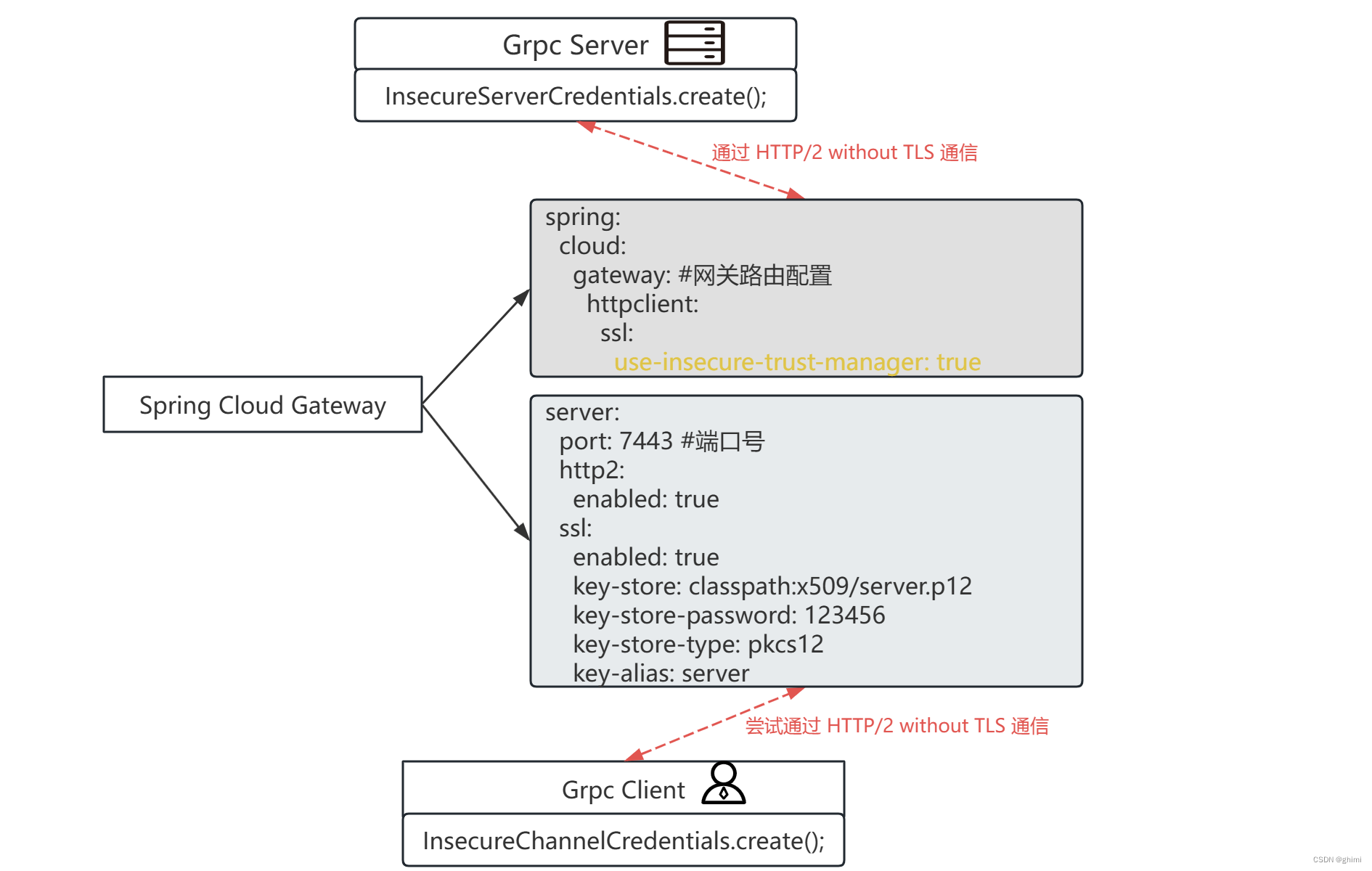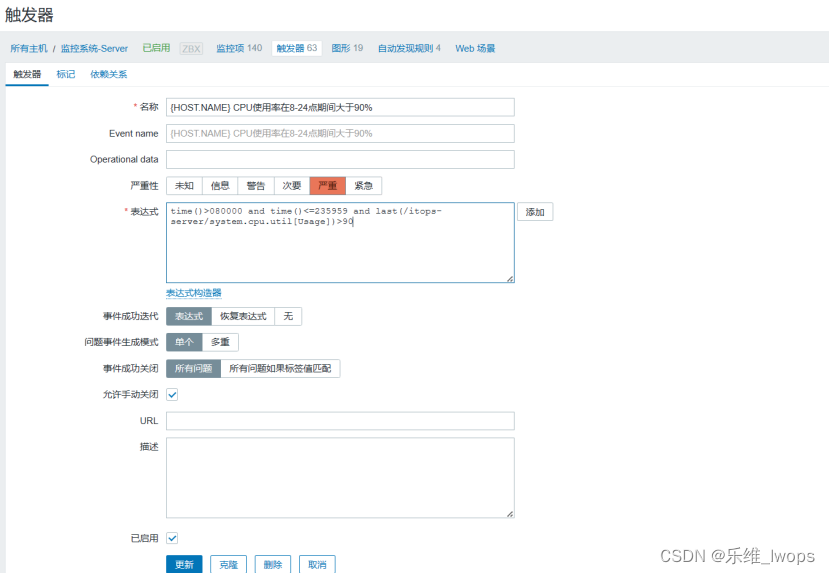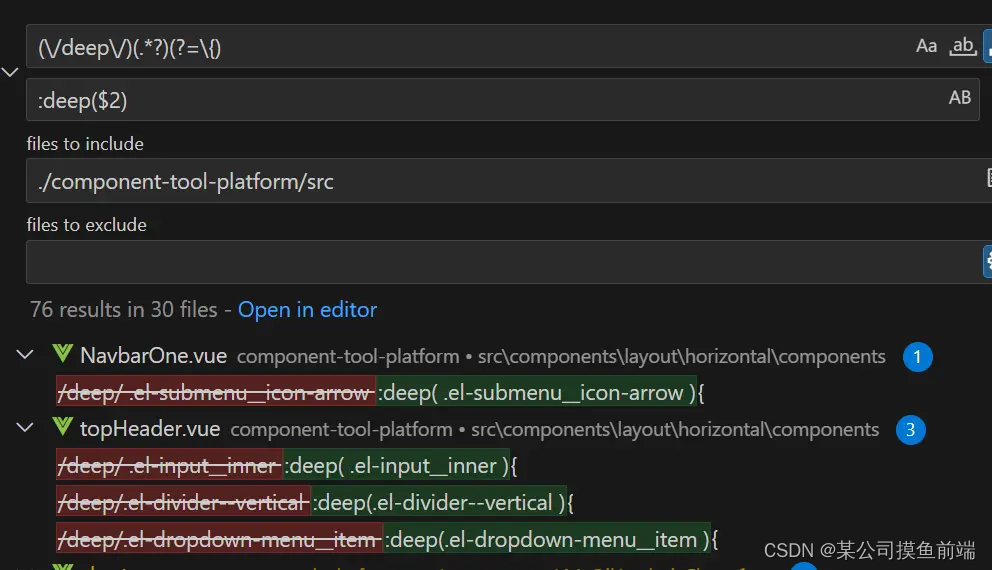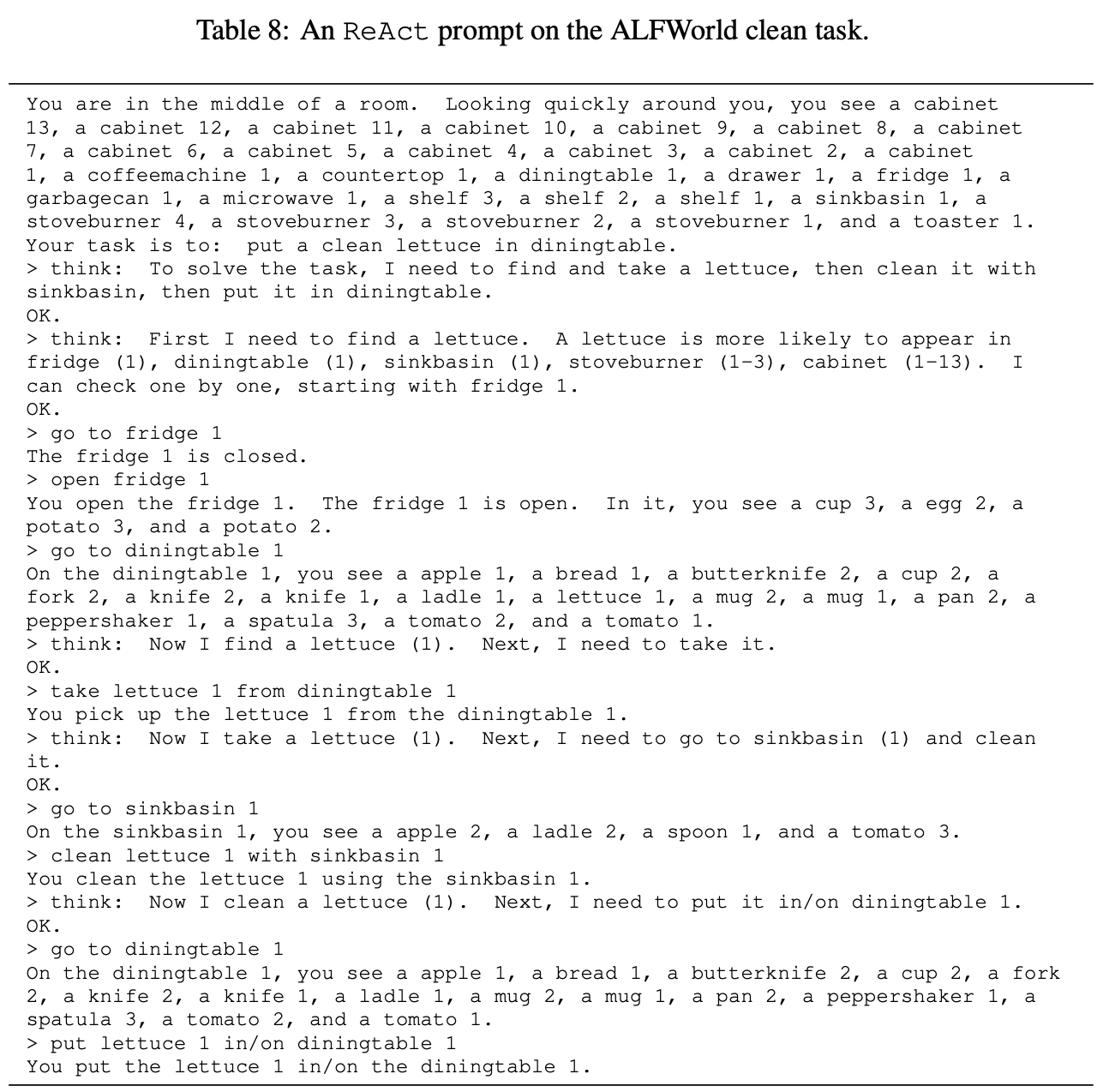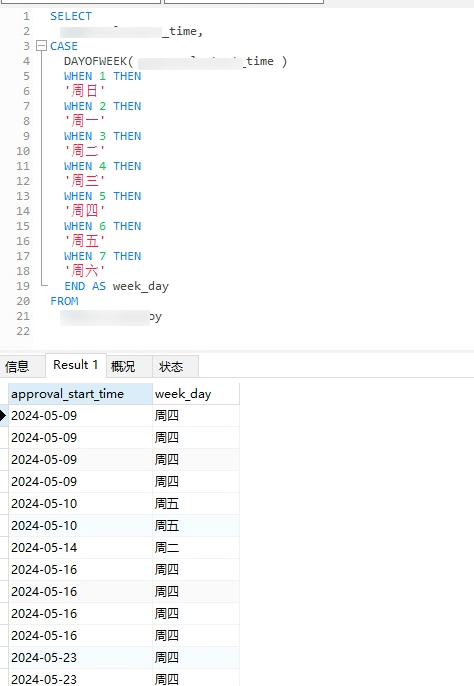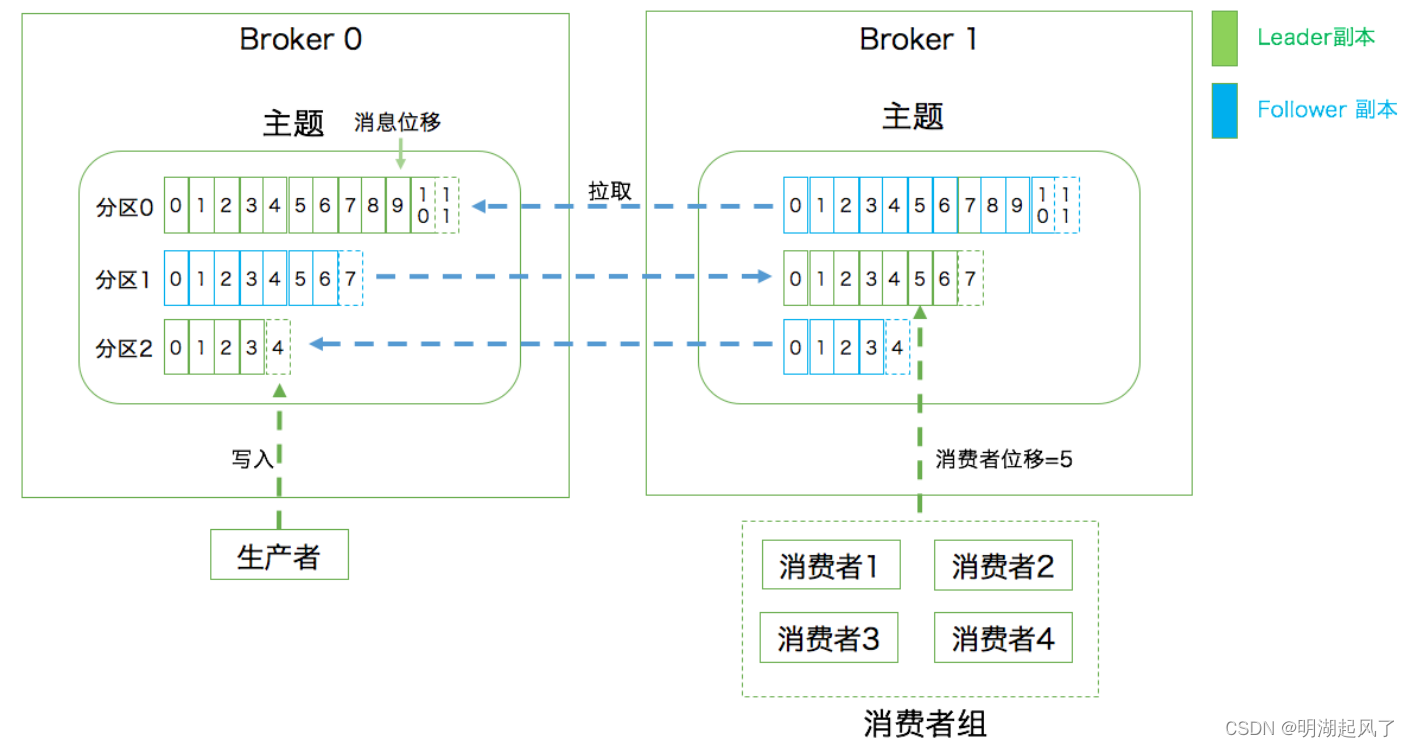29残差网络ResNet

import torch
from torch import nn
from torch.nn import functional as F
import liliPytorch as lp
import matplotlib.pyplot as plt
# 定义一个继承自nn.Module的残差块类
class Residual(nn.Module):
def __init__(self, input_channels, num_channels, use_1x1conv=False, strides=1):
super().__init__()
# 第一个卷积层,使用3x3的卷积核,填充为1,步幅为指定值
self.conv1 = nn.Conv2d(input_channels, num_channels, kernel_size=3, padding=1, stride=strides)
# 第二个卷积层,使用3x3的卷积核,填充为1
self.conv2 = nn.Conv2d(num_channels, num_channels, kernel_size=3, padding=1)
# 可选的1x1卷积层,用于匹配输入输出通道数和步幅
if use_1x1conv:
self.conv3 = nn.Conv2d(input_channels, num_channels, kernel_size=1, stride=strides)
else:
self.conv3 = None
# 批量归一化层
self.bn1 = nn.BatchNorm2d(num_channels)
self.bn2 = nn.BatchNorm2d(num_channels)
# 为什么需要两个不同的批量归一化层?
# 1.不同的位置,不同的输入特征
# 2.独立的参数和统计数据
def forward(self, X):
# 先通过第一个卷积层、批量归一化层和ReLU激活函数
Y = F.relu(self.bn1(self.conv1(X)))
# 然后通过第二个卷积层和批量归一化层
Y = self.bn2(self.conv2(Y))
# 如果定义了conv3,则通过conv3调整X
if self.conv3:
X = self.conv3(X)
# 将输入X加到输出Y上实现残差连接
Y += X
# 通过ReLU激活函数
return F.relu(Y)
# 创建一个包含输入和输出形状一致的残差块实例,并测试其输出形状
# blk = Residual(3, 3)
# X = torch.rand(4, 3, 6, 6)
# Y = blk(X)
# print(Y.shape) # 预期输出形状:torch.Size([4, 3, 6, 6])
# 创建一个包含1x1卷积和步幅为2的残差块实例,并测试其输出形状
# blk = Residual(3, 6, use_1x1conv=True, strides=2)
# print(blk(X).shape) # 预期输出形状:torch.Size([4, 6, 3, 3])
# 定义一个包含初始卷积层、批量归一化层、ReLU激活函数和最大池化层的顺序容器
b1 = nn.Sequential(
nn.Conv2d(1, 64, kernel_size=7, stride=2, padding=3),
nn.BatchNorm2d(64),
nn.ReLU(),
nn.MaxPool2d(kernel_size=3, stride=2, padding=1)
)
# 定义一个函数,用于创建由多个残差块组成的模块
def resnet_block(input_channels, num_channels, num_residuals, first_block=False):
blk = []
for i in range(num_residuals):
# 如果是第一个残差块且不是第一个模块,则使用1x1卷积和步幅为2
if i == 0 and not first_block:
blk.append(Residual(input_channels, num_channels, use_1x1conv=True, strides=2))
else:
blk.append(Residual(num_channels, num_channels))
return blk
# 创建由残差块组成的各个模块
# *符号有多种用途,但在函数调用时,*符号主要用于将列表或元组解包。
# *resnet_block()的作用是将列表中的元素逐个传递给nn.Sequential
b2 = nn.Sequential(*resnet_block(64, 64, 2, first_block=True))
b3 = nn.Sequential(*resnet_block(64, 128, 2))
b4 = nn.Sequential(*resnet_block(128, 256, 2))
b5 = nn.Sequential(*resnet_block(256, 512, 2))
# 创建整个ResNet模型
net = nn.Sequential(
b1,
b2,
b3,
b4,
b5,
nn.AdaptiveAvgPool2d((1, 1)), # 自适应平均池化层
nn.Flatten(), # 展平层
nn.Linear(512, 176) # 全连接层,输出10类
)
# 测试整个网络的输出形状
X = torch.rand(size=(1, 1, 96, 96))
for layer in net:
X = layer(X)
print(layer.__class__.__name__, 'output shape:\t', X.shape)
# Sequential output shape: torch.Size([1, 64, 24, 24])
# Sequential output shape: torch.Size([1, 64, 24, 24])
# Sequential output shape: torch.Size([1, 128, 12, 12])
# Sequential output shape: torch.Size([1, 256, 6, 6])
# Sequential output shape: torch.Size([1, 512, 3, 3])
# AdaptiveAvgPool2d output shape: torch.Size([1, 512, 1, 1])
# Flatten output shape: torch.Size([1, 512])
# Linear output shape: torch.Size([1, 10])
# 设置训练参数
lr, num_epochs, batch_size = 0.05, 10, 256
# 加载训练和测试数据
train_iter, test_iter = lp.loda_data_fashion_mnist(batch_size, resize=96)
# 训练模型
lp.train_ch6(net, train_iter, test_iter, num_epochs, lr, lp.try_gpu())
# 显示训练结果
plt.show()
# loss 0.009, train acc 0.998, test acc 0.920
# 2306.3 examples/sec on cuda:0
运行结果:


